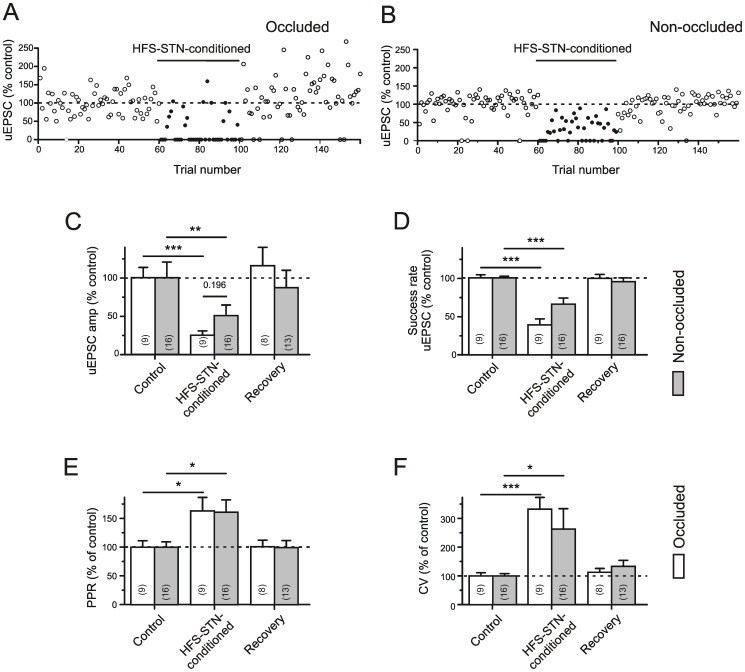Figure 3. Synaptic depression of unitary EPSCs by conditioning multi-unit HFS-STN.
Comparison of occlusion-positive and occlusion-negative afferents. GABA(A) receptors were blocked with gabazine (15 µM). A) Data from Microstim of a occlusion-positive afferent. Plot of normalized uEPSC amplitudes against trial number. The uEPSC data was obtained in the absence of HFS-STN (Control and Recovery) and after pairing with trains of HFS-STN (HFS-STN-conditioning). B) Same but occlusion test negative. C–F) Quantification of results. The test responses paired with HFS-STN underwent a marked depression of release, as indicated by reduced uEPSC amplitudes (C), reduced success rates (D), enhanced paired pulse ratios (E) and increased coefficients of variation (F). Note stronger effects in occlusion-positive afferents. The asterisks refer to the significance levels for differences with respect to the control values (ANOVA). The differences between Control and respective Recovery values were not significant and are omitted in the graphs, for clarity.

